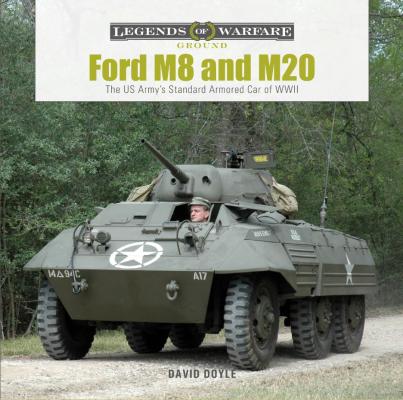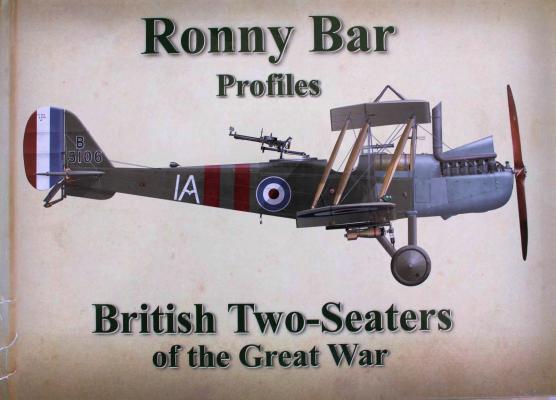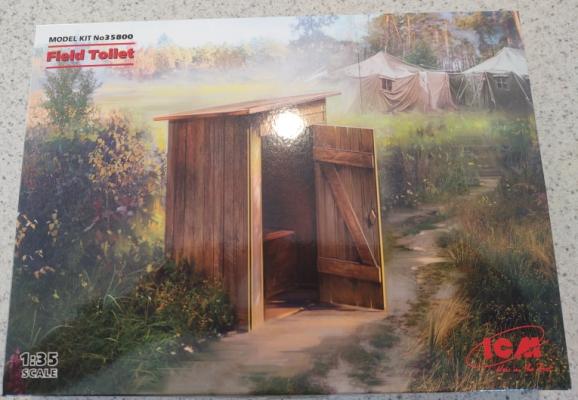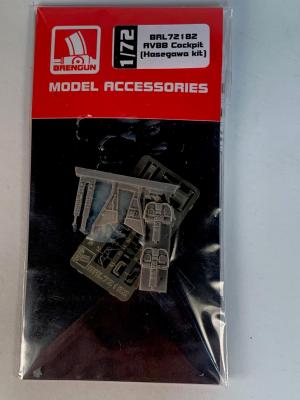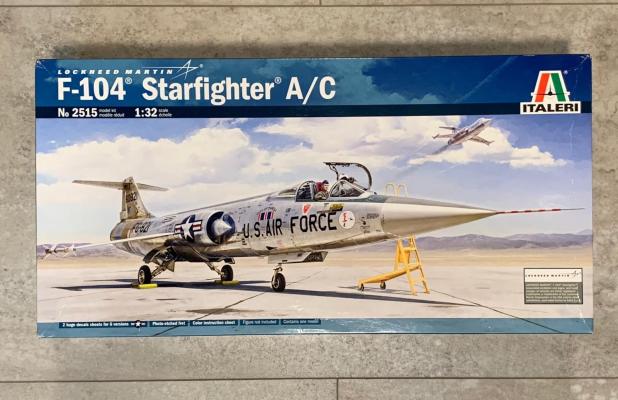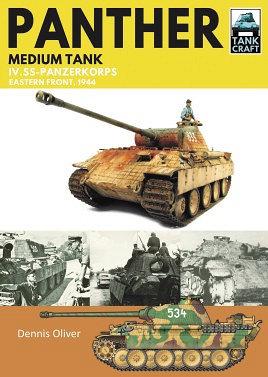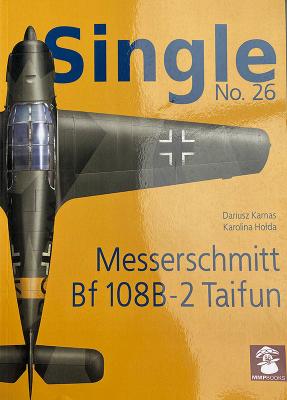David Doyle's book on the Ford M8 and M20 is one of the latest entries in the 'Legends of Warfare' series with entries in Ground, Naval, and Aviation. The Legends of Warfare series has expanded rapidly since its 2017 debut in the market with now over 100 titles released. This hard cover series covers a wide variety of monographs at a good price point.
Reviews
Historical Background
Most of the information published on the subject of World War I aviation deals with the development of single seat fighter types, and it is refreshing to see a book dealing exclusively with the less publicized two seaters. At the beginning of the war, airplanes were seen primarily as a means of observing the enemy to see what they were doing, or were capable of doing, and for spotting the results of artillery fire.
The Northrop/Grumman RQ-4 Global Hawk is a high-altitude, long-endurance, remotely piloted aircraft with an integrated sensor suite that provides global all-weather, day or night intelligence, surveillance, and reconnaissance (ISR) capability. The Global Hawk's mission is to provide a broad spectrum of information collection capability to support forces in peacetime and wartime. For example, USAF RQ-4’s from Yokota Airbase (AB), Japan, have been used for relief and recovery efforts after recent natural disasters in the region.
PLATZ Models of Japan has just re-released their 1/72nd scale RQ-4B kit (# AC-34) as a Special Edition (# AC-34SP) that includes new Japanese Air Self-Defense Force (JASDF) markings for Yokota Airbase (AB), Japan. The JASDF has recently purchased RQ-4s and is awaiting delivery. These aircraft will have the Japanese livery as portrayed in this kit.
‘Thank you’ to PLATZ Models for providing this kit to IPMS for review.
History
If you were born in the last century at any time, you probably remember an older relative- perhaps a grandparent or older aunt who had an outhouse in the backyard. At the very least-- maybe a campsite or campground anyways. I frequented the one in my grandfather´s backyard as it was much easier than having to take off my shoes to go in the house and back then, I never wanted to come in. ICM has provided a relatively straightforward kit of the standard field toilet, although to be sure- one would probably only see these in more permanent set-ups. Most of the time these were set up over a hold in the ground with no wooden floor- but this is a dolled up version to be sure.
The Kit
Inside the durable cardboard box is just one sprue that contains the roof, door, sides, rear, and front frame of the assembly. There are also a few parts for the seat and inside assembly as well as a latch to lock yourself in and a handle for the front.
David Doyle's book on the A-20 Havoc is one of the latest entries in the 'Legends of Warfare' series with entries in Ground, Naval, and Aviation. The Legends of Warfare series has expanded rapidly since its 2017 debut in the market with now over 100 titles released. This hard cover series covers a wide variety of monographs at a good price point.
To start part 2, I started with the unique horizontal stabilizers. These are molded in a single piece (check out part one for a picture. This slots into the bottom of the fuselage with a rubber grommet and the two moving parts are actually separate allowing the entire thing to be posed. The fit is so good; I assembled the parts and left them off until later to ease painting.
I assembled the tail next and it consists of four parts. Since I was doing the VF-111 plane and its tail was white, I was worried about masking it off; no need to , the fit is so good, it also can be added later making painting easier. I did add the outer wing panels at this time and did have to do a little bit of filling with Perfect Plastic Putty.
This set provides an upgrade for Hasegawa’s AV-8B Harrier II kit and provides a complete overhaul of the kit cockpit and along with a number of photo-etch details for the exterior of the aircraft.
The cockpit parts include photo-etch rudder pedals, sidewalls, replacement tops for both the left and right-side consoles, two different main instrument panels, a photo-etch HUD bracket with clear film for the reflecting glass, and photo-etch harnesses and other upgrades to the ejection seat. The two instrument panels give you the option to model either an early AV-8B, such as those that saw combat in Desert Storm, or an AV-8B Night Attack Harrier or AV-8B+. The early panel has a single multifunction display, while the Night Attack Harrier and the AV-8B+ panel has two multifunction displays. The casting for each instrument panel is outstanding with exceptionally fine detail.
This is a re-release of the F-104 A/C kit originally released by Italeri back in 2014. The kit includes six sprues of grey plastic, one clear sprue, a photo-etch sheet and two large decal sheets. In examining the sprues, it is clear that some of them are common to Italeri’s 1/32 F-104G as the sprues include the later zero-zero ejection seat, AIM-9L Sidewinders, several pylons that are not used on the F-104A or C, as well as two styles of ventral fins and exhaust nozzles. The decals depict five F-104As and one F-104C, however two of the six aircraft (markings E and F) are repeats from the original 2014 issue. Unlike the previous release, all 6 of the aircraft depicted in this kit are in a natural metal finish with white upper wings.
During the summer of 1944 a series of massive Soviet offensives threatened to destroy the entire German army on the Eastern Front. As the Wehrmacht scrambled to hold what ground it could many formations simply disappeared and the available armored units were used to plug the gaps in the front line. One of the most important elements of the defense was the newly raised IV.SS-Panzerkorps which contained the veteran Totenkopf and Wiking divisions. Although both were well equipped their real striking power lay in the battalion of Pzkpfw V Panther tanks with which each was outfitted, perhaps the most effective armored fighting vehicle produced by Germany during the Second World War.
The Messerschmitt Bf 108 Taifun (English: “Typhoon") was a German single-engine sport and touring aircraft, developed by Bayerische Flugzeugwerke in the 1930s. The Bf 108 was of all-metal construction.
Originally designated the M 37, the aircraft was designed as a four-seat sports/recreation aircraft for competition in the 4th Challenge International de Tourisme (1934). The M 37 prototype flew first in spring 1934, powered by a 250 PS (247 hp, 184 kW) Hirth HM 8U 8.0-liter displacement, air-cooled inverted-V8 engine, which drove a three-blade propeller.
Although it was outperformed by several other aircraft in the competition, the M 37's overall performance marked it as a popular choice for record flights. Particular among these traits was its low fuel consumption rate, good handling, and superb takeoff and landing characteristics.

